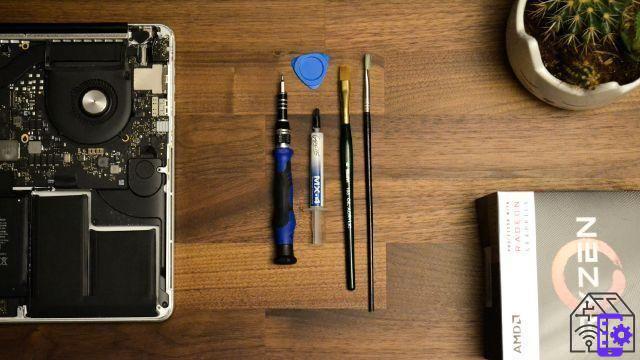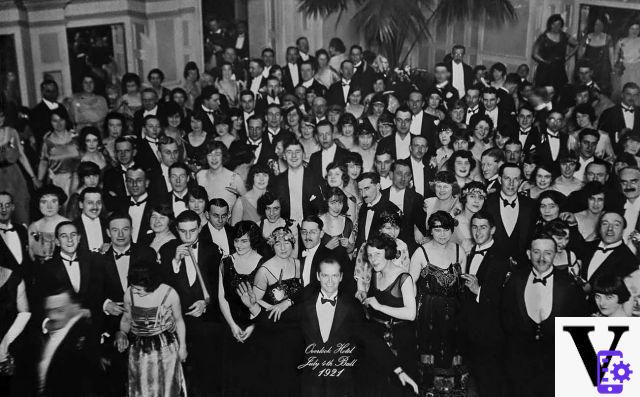
Here we are today to face the history of the lift.
How has the tool that allows people to move from one floor to another in a building to change? And that, in the buildings where it has not been installed, keeps the condominiums in training (especially those who live on the upper floors) but is eternally regretted?
Before discovering how the television has changed, let's give a precise definition.
What is the elevator
An elevator, according to the Treccani vocabulary, is a “lifting system for people from one floor to another in buildings or, more generally, between points of different levels, essentially consisting of a cabin that slides vertically between two guides, supported by steel ropes that wind around a winch, generally electric ".
This means two things: first, that the lift is reserved for people (again Treccani reminds us that "the similar system for lifting things is called a freight elevator"). And then, all the similar tools that allow a horizontal movement (and therefore do not ascend) are called lifts in an improper way.
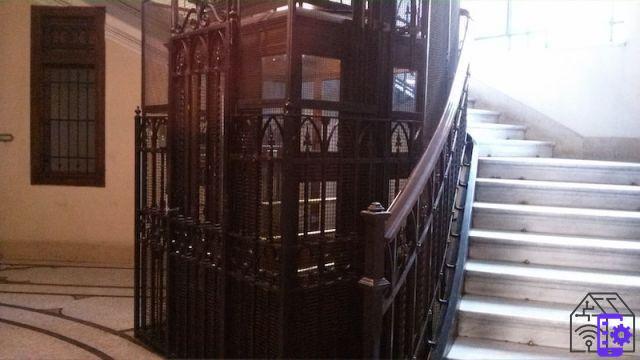
The lift before the lift
Well before the invention of the modern lift, which responds to the definition given by the dictionary, man posed the problem of how to move in height using a tool that facilitated ascent and descent.
Already the writer Vitruvius, in the first century BC, reports how the inventor Archimedes of Syracuse had designed rudimentary elevators.
In Spain of the eighth century, under Islamic domination, other examples of devices for the vertical transport of people appear.
The writer of this article has vivid memories of a vacation in Meteora, in Greece, a suggestive locality characterized by high sandstone cliffs, on the top of which monasteries inhabited since the twelfth century have been built. There, people and things were hoisted or lowered through ropes that served as ancestors of the elevator.
The flying silk
To find out how the lift has changed, or rather which prototypes preceded it, we cannot overlook the so-called flying chair.
This ancestor of the present elevator was made for the first time in the eighteenth century in the palace of Versailles, at the instigation of Louis XV.
Legend has it that the flying chair, moved by the driving force of a servant, thanks to a cable and a system of pulleys and counterweights, allowed the king's lovers to access his rooms without being seen.
In a short time this instrument was brought to Italy, more precisely to the Royal Palace of Caserta, by the architect Luigi Vanvitelli.
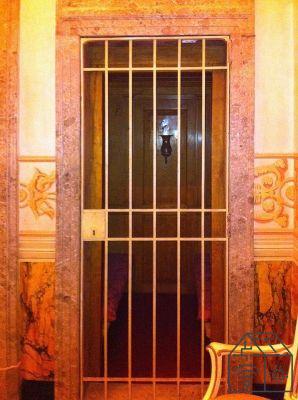
How the elevator has changed: steam and hydraulic engines
Devices closer to modern elevators are starting to spread. There are, for example, at the Winter Palace in St. Petersburg, starting in 1793.
In the nineteenth century, especially in European and American factories, lifts with steam or hydraulic engines appeared. Under the cage was mounted a plunger that went in and out of a cylinder sunk into the ground.
Running on hydraulic power, the water inside the cylinder created enough pressure to lift the cabin, which descended by gravity as the water drained from the cylinder. The valves that governed the flow of water were regulated by the passengers through ropes that passed through the cabin.
The birth of the modern elevator
So far we have talked about how the lift has changed by reviewing the lifting systems that preceded it.
We can only begin to talk about a real lift from the mid-nineteenth century, when the appearance of the first skyscrapers in the United States made it necessary to install lifts for people.
The year of birth of the lift is unanimously considered to be 1853. When Elisha Otis, American inventor and entrepreneur, presents in New York the first elevator equipped with an automatic safety device, capable of blocking the cabin in case of breakage of the lifting rope.
Three years later, in 1856, the first Otis-designed passenger elevator was installed in a New York department store. Another three years and in 1859 the entrepreneur Bogardus built the first building equipped with a passenger lift, the Haughwout Building.
The first lift installed in an Italian building dates back to 1870. Built by the Stigler mechanical workshops, it will make a fine show of itself at the Albergo Costanzi in Rome.
The electric lift
The electric motor was introduced in elevators in 1880 thanks to the German inventor Werner von Siemens. Nine years later, the Eiffel Tower is inaugurated, in which an Otis elevator is mounted.
In Italy the first electric lift will appear in Palazzo Barberini in 1904.
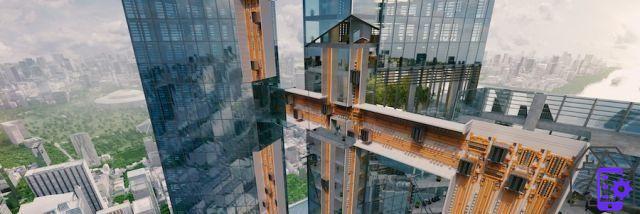
Modern elevators
Another symbolic date for those who want to know how the lift has changed is undoubtedly 1924, which saw the birth of the automatic lift. That is, it does not need any people to operate its operation.
From there and throughout the twentieth century, various aspects of the device continued to be improved: automatic doors and electronic speed regulation are born, while the machine compartment is eliminated, with the displacement of the engine, winch and control equipment inside the shaft.
 Scorer Echafaund
Scorer Echafaund
- Elevator
- Davis, Miles
- For
The elevators of the future
Today, elevators have increasingly futuristic shapes and reach ever higher speeds. Currently the primacy belongs to the Guangzhou CTF Finance Center, in China. The building is equipped with 95 elevators, two of which reach 72 kilometers per hour: they are able to transport passengers from floor -5 to 94 in about 45 seconds.
To understand how the elevator has changed, it is impossible not to mention, finally, the MULTI. Designed by ThyssenKrupp and installed in the Rottweil Test Tower, in Germany, it is an elevator that moves both horizontally and vertically. And it is without ropes: vocabularies will therefore have to change the definition of the word "lift", which would include ropes among the essential elements.







